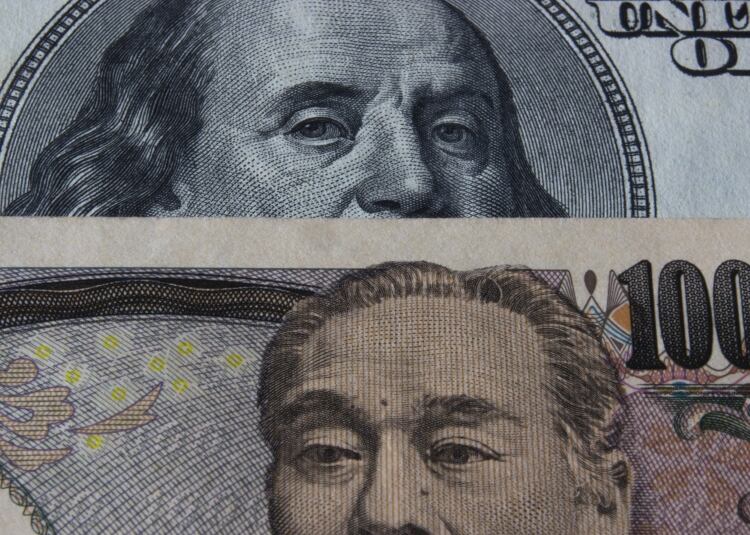The American dairy industry will lose billions of dollars over the next two decades because other governments have signed trade deals with Japan ahead of Washington.
Even though the US is already playing catch-up to the likes of Australia and New Zealand, and now the European Union, it is still essential for officials to agree tariffs with their counterparts in Tokyo if they don’t want to lose further ground.
This could be to the tune of more than US$5bn by 2040, according to a report by the US Dairy Export Council.
Japan is the fourth-biggest destination for American dairy exports. With a level playing field, tariff-wise, the US could roughly double its market share there, according to the study, which was conducted by Tokyo-based Meros Consulting.
However, without swift and effective action by America to secure a strong trade treaty with Japan that exceeds Japan's agreements with Australia, New Zealand and the EU, it could see its market share drop in half over the next decade.
Other deals
For the last year, the antipodean countries have benefited from the Comprehensive and Progressive Agreement for Trans-Pacific Partnership free-trade agreement, which has the equally tongue-twisting acronym of CPTPP, in place with Japan already. And earlier this year, Europe’s own trade agreement with Japan began to take effect.
Without a strong US-Japan trade treaty, competitors will seize a cumulative US$1.3bn in dairy sales over the next decade that would otherwise have been supplied by America. This might climb to US$5.4bn once CPTPP and the Japan-EU agreements are fully implemented, the report mooted.
“These agreements will give our competition a significant economic advantage that will enable them to increase their market share in Japan, costing the US dairy industry billions of dollars in lost sales,” said Tom Vilsack, USDEC's chief executive and a former agriculture secretary.
He added that he hoped the report would provide “fresh ammunition to our negotiators,” when the first round of talks began last month on reducing tariffs on agricultural and industrial products.
Also chiming in was Jim Mulhern, chief executive of the National Milk Producers Federation, who said, “US dairy farmers are facing economic hardships, and expanding opportunities overseas is the best way to counter that.
“A trade deal with Japan that significantly expands dairy access would make 2019 a brighter year.”
The US might already have been in the driving seat, had it not pulled out of the Trans-Pacific Partnership, the forerunner to CPTPP, which former president Obama had been vigorously negotiating until the end of his term.
With its “America First” agenda, leaving the putative block was among the first decisions made by the Trump administration when it came to office. It has instead sought bilateral negotiations with trading partners under the threat of punitive tariffs in an effort to conclude trade agreements under favorable terms for American interests.
Although Japan earlier was hesitant about the idea of a free trade accord with the US because of its priority on multilateral free trade regimes, the government agreed to the bilateral talks. It said they would negotiate an agreement for trade in goods, not a comprehensive FTA—which Washington later claimed it would be pursuing with Tokyo.
It isn’t difficult to understand why Japan appears to be politely casual about these talks. Its surplus with America stood at US$67.6bn last year and was the fourth-highest of all the US’ trading partners, after those of China, Mexico and Germany. It also has these mutually beneficial trade agreements with Australia and New Zealand, and now the EU is joining in.
The need for dairy
In dairy terms, it needs all the materials and products it can import. Its citizens are consuming more dairy than ever before as Japan’s growing economy prompts more people to buy higher-end products containing dairy, such as easy-to-prepare foods like pizza. At the same time, whey protein consumption is growing as more Japanese strive to be healthy.
But Japan’s milk production has been in steady decline as dairy farmers become too old and their children move away from the countryside to work in city jobs. Since the turn of this century, domestic supplies have dropped by 14%.
As exporters compete for this growing demand amid dwindling local supply, all this rising competition is bound to be good for the consumer.
Yet if the US could negotiate access to the world’s second-biggest cheese importer’s market equal to its rivals, it could supply 24% of Japan’s cheese by 2027, up from 13% in 2017, according to the USDEC report.
This would help the Trump administration win back support from wavering dairy farmers who have been sanguine, according to Vilsack, as it engages in its trade war with China and annoys its top cheese customer, Mexico, in another spat.
“We have momentum that can be either significantly supercharged or we can have further depression on prices by limiting our capacity to export,” Vilsack told Bloomberg recently.
“If competitors have a 10-20% advantage, it doesn’t make a difference how good your product is.”

